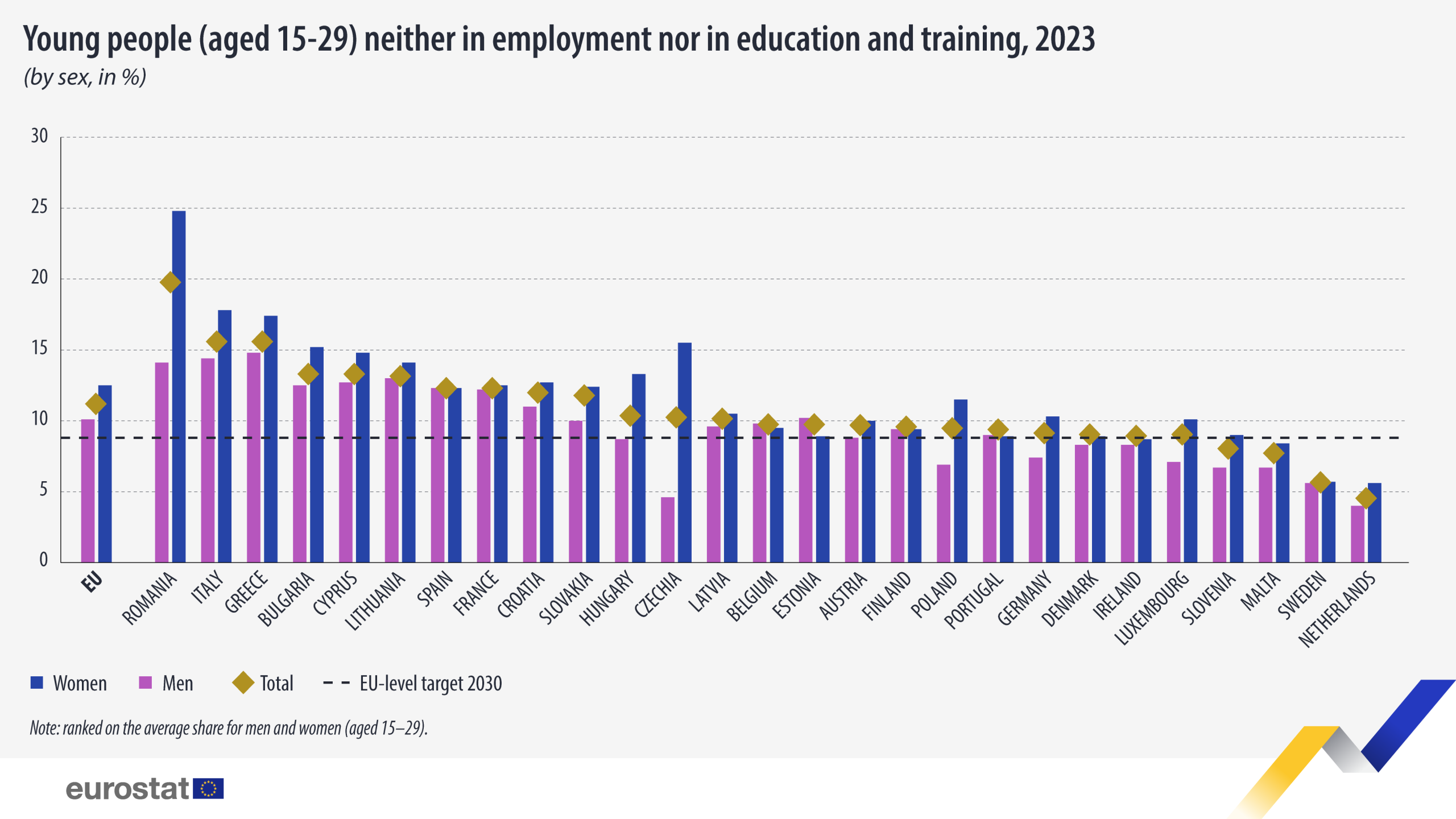By Ancuța Tilie, audience contributor
“There is no dream job for me because I don’t dream of working.” – Ana, student from Bucharest
Statistically speaking, over the past three years, an increasing number of young people have chosen not to enter the workforce, leading to a significant decline in their employment rates, while the number of senior employees has risen. Over the next decade, the number of workers over 65 is expected to triple.
Since the pandemic, three out of four young people have shifted their preference from traditional jobs to freelancing and flexible work arrangements, with many citing social media as a source of income, according to an online survey by BestJobs, published in 2021.

